What Is The Highest Peak On Earth? The Answer Is Not Everest
♦ How Many Mountains Are There on Earth Today: Top 10 Highest and Smallest
♦ Top 10 Highest Mountains in the World
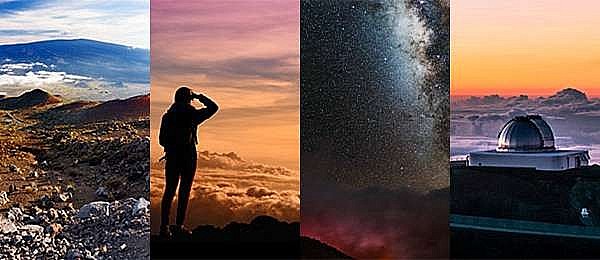 |
| The Highest Peak On Earth - Not Everest |
| Contents |
The Earth is not perfect, so the answer may surprise you.
For those who love adventure travel, it can take them weeks of travel to reach the summit of Everest. And this also makes many of them feel proud, because not everyone can do that. However, Mount Everest is only the highest point above sea level, not the highest mountain on Earth.
What is the Highest Peak on Earth?
When measured from the foot of the mountain to the top, the title of "the highest mountain in the world" belongs to Mount Mauna Kea with an altitude of only 4,205 meters above sea level.
How High is Mauna Kea?
 |
| Photo get your guide |
In fact, this is a shield volcano on the island of Hawaii with the base of the mountain about 6,000 meters below the surface of the Pacific Ocean. In other words, more than half the height of this mountain is submerged under the sea. When measuring the height from the foot of the mountain (the part below the variable) to the top, Mauna Kea is more than 10,000 meters high, much higher than the 8,850 meters of Mount Everest. This makes it the tallest mountain in the world. It is also the tallest volcano on Earth.
Mauna Kea is thought to have formed on a hot spot in the Earth's crust, an area where magma from the mantle rises through the crust and erupts to the surface.
The hotspot is thought to be stationary while the Pacific plate, where Mauna Kea is located, has moved over it. As the plate moved northwest through the hotspot, a series of volcanoes formed, with each successive volcano becoming older and more eroded as the plate moved further away from the hotspot.
READ MORE: Who the First Person to reach Mount Everest
How old is the volcano?Mauna Kea is the youngest of these volcanoes, forming only a million years ago and it is still an active volcano, although it has not erupted in centuries. Scientists believe that the last time Mauna Kea erupted was more than 45,000 years ago. |
What is Mauna Kea famous for?
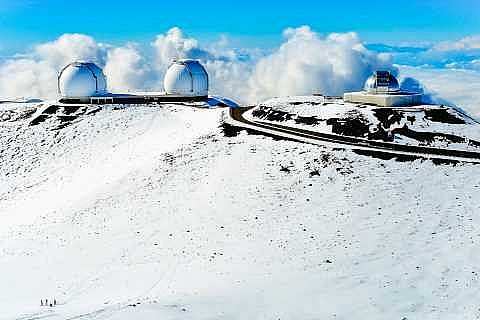 |
| Photo get your guide |
Mauna Kea is also famous for a number of differences: it is home to the largest astronomical observatory in the world – the $1.4 billion Thirty Meter Telescope. At this altitude, the peak is higher than 40% of Earth's atmosphere, which improves the ability to observe distant cosmic objects. Its extremely dry and almost cloudless conditions create an ideal location for astronomical observations.
Mauna Loa is also a stratovolcano and is the largest volcano on the planet in terms of volume and area. It rises to an altitude of 4,169 meters above sea level, making it the second tallest mountain in Hawaii, but also the second tallest mountain on Earth measured from base to summit.
Mauna Kea is the highest mountain peak in Hawaii. The name of this mountain comes from Hawaiian and means white mountain. It is one of the oldest volcanoes and is considered a sacred volcano by the natives of Hawaii.
Mauna Kea is a volcano where you can find an amazing biodiversity and ecosystem consisting of native plant and animal habitats. It is therefore of great cultural and natural importance. It is considered a refuge for a large number of local species and is important not only in Hawaii, but worldwide.
This is a shield volcano with a snow-covered peak. Although Hawaii is a warm climate, Mauna Kea's high altitude allows snow and ice to occur during the winter months.
These features make it a popular destination for practicing sports like skiing. Due to the high altitude, landscape, clean air and distance from major cities, telescopes and observatories have also been installed at this mountain.
READ MORE: Top Tallest Mountains on Earth
How is it like on the summit?The summit is an astronomer's paradise: It has low humidity, clear skies, and lots of distance from any light pollution. It offers what's arguably the best view of the observable universe, and right now the summit is host to 13 telescopes. |
Who climbed to Mauna Kea?
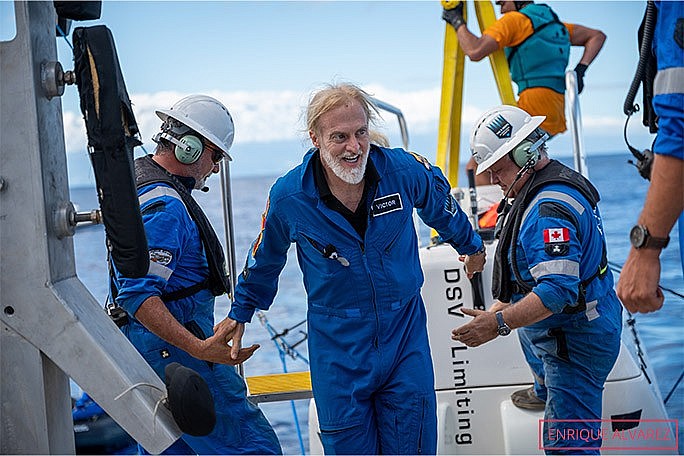 |
Vescovo has also climbed that, back in 2012, which makes him the first person to visit Earth’s highest and lowest points
In Feb 2021, Vescovo embarked on the first full ascent of Mauna Kea, seeking to traverse it from the seabed to its snow-capped peak over the course of three days.
| "I thought it was time for someone to finally ascend the full extent of this massive mountain and, given that I had a submersible capable of going to the base, why not make the attempt? It seems no one climbs mountains and explores the oceans, so I loved the idea of combining the two endeavours." - Victor Vescovo |
| So, how do you go about tackling a mountain that predominantly lies underwater? Fortunately, when you have one of the world’s most advanced submersibles at your disposal – and a passion for venturing into uncharted waters, both figuratively and literally – a "mere" 6 km (4 mi) of ocean isn't going to come between you and your goal. |
Activities on Mount Mauna Kea
| When To Climb Generally avoid January and February, as winter storms can drop up to 2 feet of snow. However, snow flurries are a definite possibility year round, so be prepared for this peak as you would any almost -Fourteen-er. |
Known for its hiking, sightseeing, and stargazing, a trip to Mauna Kea on the Big Island means adventure and excitement for visitors of any inclination. Due to the dark skies, lack of artificial light pollution, and low humidity, Mauna Kea offers a once-in-a-lifetime opportunity to see the island and the night sky from an unreal vantage point. The stargazing program, sponsored by the University of Hawaii, is a fun and educational opportunity to learn about the universe.
Stargazing
 |
| Photo bigislandguide |
Visitors can stargaze from the area around the VIS, or drive to the summit for hiking and sunset views (a 4wd vehicle is a must, you will not be allowed beyond the VIS without 4wd). If you do not have a 4 wheel-drive vehicle or do not want to drive to the top yourself, many tours to the area are available that include both watching the sunset and stargazing. With many of the Mauna Kea tour companies providing telescope viewing as part of their experience, they are a pretty great option.
Stargazing from Mauna Kea, Hawaii’s tallest volcano provides visitors an incredible opportunity to find the best views of the heavens above. If you are primarily interested in stargazing, then you will want to focus your trip around the Visitor Center area. The summit of Mauna Kea is open to visitors with a 4 wheel-drive vehicle during the day and for sunset, but is closed from 30 minutes after sunset, to 30 minutes before sunrise.
Camping
No camping in the area. Acclimatizing is very important since you will more than likely be driving up to the mountain from sea level, or, even below sea-level if you have spending your sun-drenched days scuba-diving. So consider camping at the Mauna Kea State Recreation Area, 7 miles west of Summit Road (the road that goes to Mauna Kea), at about the 35-mile marker on Saddle Road. Try to go during the week, as hunters (of pigs, goats and birds) both local and of the tourist variety usually have dibs on the weekends. If you can't camp, hang out at the Onizuka Visitor Center before making the trek up. You can learn everything you wanted to know, and more, about the different observatories on the summit.
Hiking
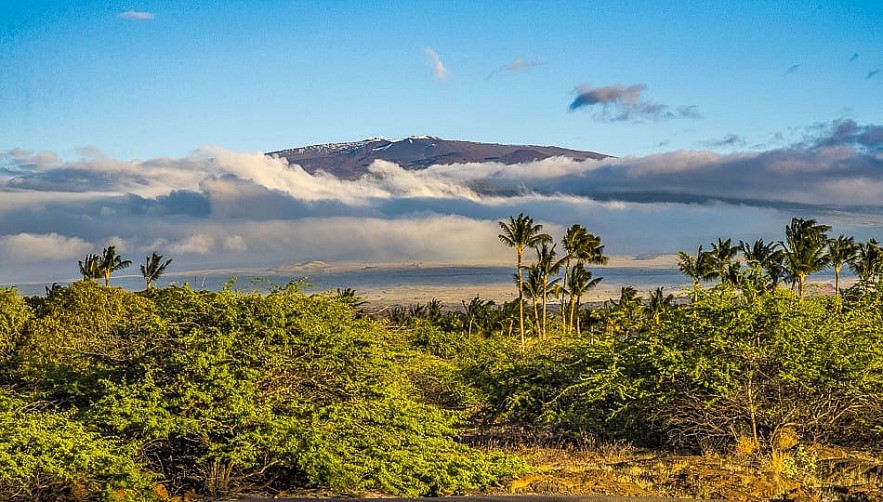 |
| Photo bigislandguide |
The mountain offers dramatic views of the surrounding landmass and one-of-a-kind stargazing opportunities for those courageous enough to make the climb. But aside from the main attractions this volcano offers, there’s plenty for outdoor adventurers to enjoy along the most significant geological formation on the Big Island.
You can access the Mauna Kea Visitor Center via Saddle Road (Highway 200). The turnoff onto the Mauna Kea Access road is near the 28 mile marker and is marked with a sign. You then follow Mauna Kea road about 6 miles upslope to the Visitor Information Station around the 9,200 foot elevation.
Drivers are cautioned to use 4-wheel drive vehicles in low gear above this point because the road to the summit is unpaved, rough, and very steep. Most rental car contracts don’t allow driving all the way to the top of Mauna Kea summit, but do allow you to drive to the visitor station. Check with your rental car agency to ensure you’re not in violation of their terms if you plan to drive all the way to the summit.
| Hikers may note with some incredulity that the Mauna Kea Trail passes through the Mauna Kea Ice Age Natural Area reserve. Glaciologists believe that, at some point in recent geologic history, there was a glacier of some size on this mountain. Hardly surprising, since at its peak 500,000 years ago, Mauna Kea was thought to stand 17,000 feet above sea level. Unfortunately, the author of this page could detect no obvious glacial remnants (rock scouring, rock moraines, glacial cirques, etc.) Much of the "proof" of glaciers seems to center around the presence of native adze quarries. The natives set up summer residences in excavated caves and spent the months mining a rare, extremely hard volcanic rock that geologists believe could only have been formed by lava intruded under an existing snow or ice field. The rock was prized throughout the Hawaiian islands for use in a variety of stone implements. Beware of carrying off a souvenir, however. Aside from the fact that this is illegal, we can learn from Greg Brady and Scooby Doo, among others, that taking such souvenirs from Hawaii leads to bad luck and zany adventures. |
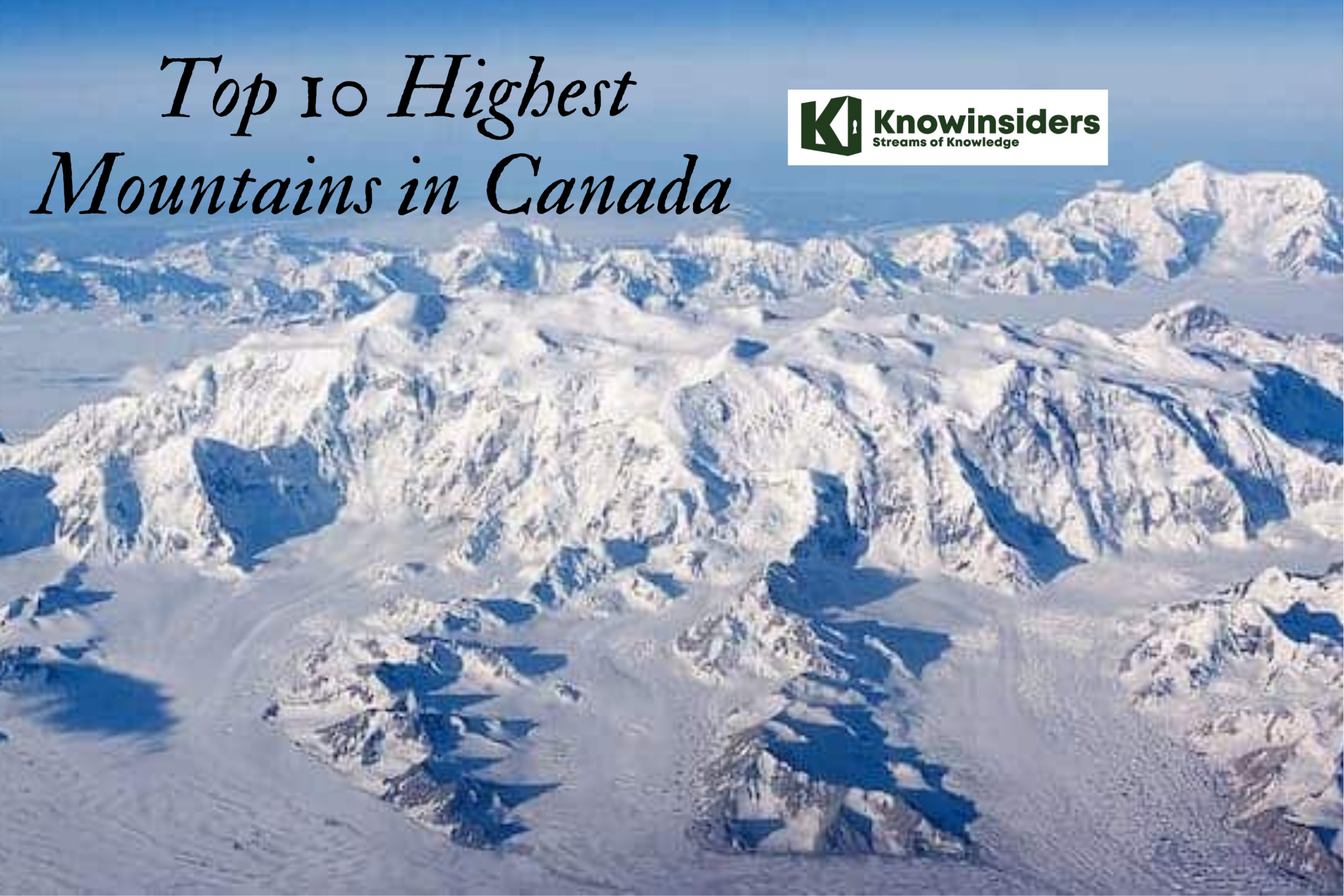 Top 10 Highest Mountains in Canada Top 10 Highest Mountains in Canada Canada is a home of some mind-blowing and majestic mountains. Check out the 10 highest mountains in Canada right below! |
 What Is The Highest Peak In The USA? What Is The Highest Peak In The USA? Denali is the United States’ highest mountain. Denali is also the highest mountain in North America and is the third highest mountain of the Seven ... |
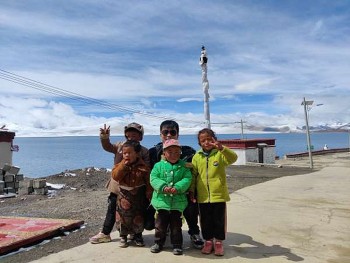 8 Amazing Facts About Tuiwa - the Highest Village in the World 8 Amazing Facts About Tuiwa - the Highest Village in the World Do you know the life expectancy of people living in the highest village in the world is only 40 years old? There are lots of ... |
























